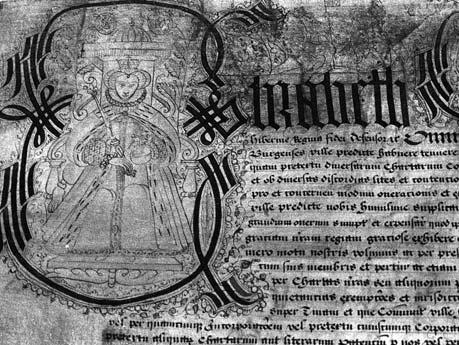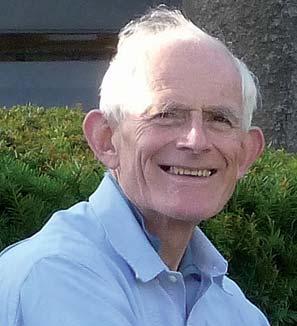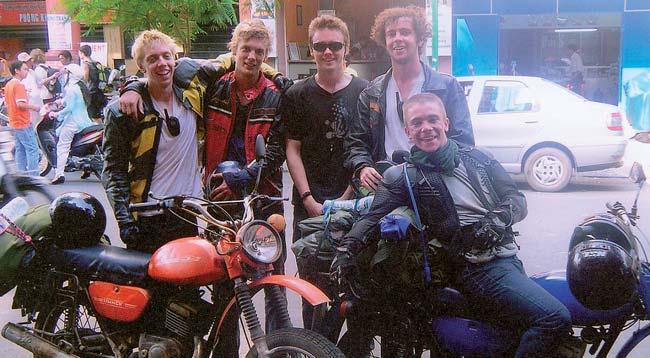
3 minute read
6 8
from ONA 81
100 Years of the Cadet Force
This year the cadet force at RGS celebrates its Centenary. As part of this we are putting together a brief history of the Unit since permission was given for the foundation. Trying to put together all the relevant material is turning out to be a time consuming exercise, not least because of the flood that swept through the archives two years ago. (Interestingly, this is not the first flood of this kind, as during the research an article was spotted in the Novo of December 1913, referring to a very similar flood in September of that year that left boys undergoing an entrance exam stranded on their desks.)
Advertisement
The first reference to a cadet force in the RGS is found in The Novo of July 1911, where there is reference to an offer from the Governors to “furnish such a corps”. It would appear to have been started in the middle of the Summer Term, not leaving enough time to learn “the drills necessary to go to camp this year”. The full title at the time was Royal Grammar School Contingent Officer’s Training Corps. Establishment strength was 80, and the school secured Sergeant-Major Challons as instructor. The Headmaster of the time, Mr Logan, appointed Mr Atkinson (O.C.) and Mr Little as officers. At this time the number of boys in the school varied between 450 and 500 with the Sixth Form in 1913 being 18 strong.
The oldest photographic record found, which has been restored, was taken before a Church Parade at St Thomas the Martyr in the Haymarket (above). The Officer in the centre is the first O.C., Lt Atkinson, on his right is 2Lt A W Little, and on his right is 2Lt A N Strong. No further reports appear until late 1912, after the Contingent had taken part in the Brigade Camp held at Bordon, Aldershot. In one of the major exercises Mr Little took command of an RGS half company, with Bridlington and Hymer’s College providing the other half. The Bridlington OC took overall command. The link with Bridlington continues today when the Contingents meet at Central Camps.
In light of sizes imposed at Central Camps today the figures of those taking part are staggering. “5,000 cadets together with regular troops, including artillery and mounted Infantry taking part in the manoeuvres”. And all this under canvas for the cadets. Not surprisingly the Bell tents familiar to those attending school camps some 50 years later were the main accommodation. Lord Roberts came to inspect the camp.
At the beginning of the Summer Term 1913, the new Headmaster, Major John Talbot took command of the Contingent, and Lt Atkinson was promoted to Captain. Before coming to RGS the Major had been part of Harrow OTC, and his experience there proved beneficial to the Unit. Attendance at Parades also improved when the new Headmaster allocated first one, then two periods a week in addition to the voluntary Saturday morning.
Camp in 1913 was at Rugely, and the following year, after Race Week spent near Barnard Castle, the Contingent departed for Salisbury Plain. With the onset of the First World War much changed, not least the make up of the unit, as older boys and masters were called up, but enthusiasm for the Corps continued.
It is hoped to continue the story during the year, so consider this to be an early Chapter. Could I once again encourage those who were in the CCF in the early ’50s to put their thinking caps on, as I would like more detail if possible about Field Days spent at Shaftoe Crags, for example. It had never occurred to us that these areas might have been used.







